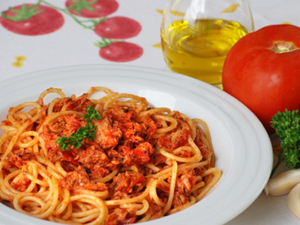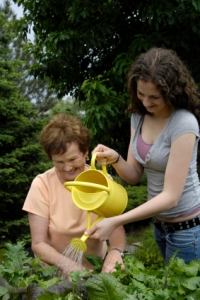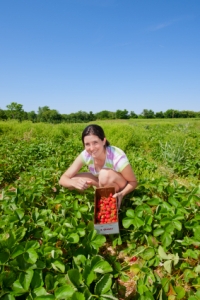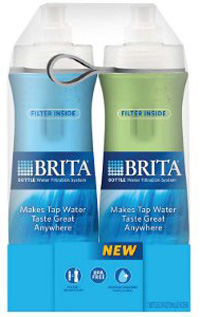The year in fitness and dieting 2024 was far from uneventful. The introduction of MyPlate, larger conversations about nutrition in school food, and the condemnation of too-thin celebrities kept things interesting and proved that we don’t see diet, nutrition and fitness as just fads, they’re a part of our lifestyles. From our vantage point, there were a few things that will make 2024 memorable and keep the fit-focused conversations moving in 2024.
We’ve identified seven trends that really came in to their own in 2024, and will no doubt carry weight in the new year.
1. Gluten-Free Diet. Throw diet on the end and it sounds like anyone with a few pounds to lose could be benefited by this eating regimen. However, the gluten-free diet is not one-size-fits-all; it’s a necessity for the three million people living with celiac disease, according to University of Chicago Celiac Disease Center, or gluten intolerances. This autoimmune disorder affects the digestive process, which is disrupted when they consume gluten, the protein found in grains like wheat, rye, and barley. In the past year, the availability of gluten-free labeling and gluten-free products has made it easier than ever for those who actually need to follow a GF diet to do so.
2. HIIT. This High Intensity Interval Training was all the rage this year, whether people realized they were doing it or not. Programs like P90X, Insanity, Jillian Michaels, and the new PINK Method rely on this style of training, which uses quick bursts of intense exercise followed by brief periods of recovery, in a constant series. HIIT is one trend that actually has staying power, and Liz Neporent, author of 12 fitness titles including The Winner’s Brain, explains why. “HITTS is attractive because you can get a great workout in less time. Instead of dedicating a full hour to cardio and then an additional 20-30 minutes to weights – you can often pack in an awesome workout and burn tons of calories in as little as 20 minutes.” She explains more about HIITs in this episode of Health Buzz.
3. Juicing and Raw Diets. Our pressed-for-time society found a way to eat right without too much prep time. It’s called the raw diet, and can stand alone or be followed in conjunction with the juice diet. Whether for weight loss, to reverse disease, or to be conscientious about the earth, the raw diet boasts a lot of nutritional benefits for its dedicated followers. “Raw vegan is moving so quickly, even more so than vegetarian did years ago,” says Mimi Kirk, author of Live Raw, about the trend. “Raw restaurants are popping up, the media is covering this subject, and so many wonderful documentaries are in the theaters [i.e. “Sick, Fat, and Nearly Dead”] educating people about the food we consume.” We agree with Mimi’s forecast that we’ll continue to hear a lot more about the raw food movement in 2024. “It’s quite exciting to be part of a conscious group of people who are helping to change themselves and the world for the betterment of all,” added Mimi. (more…)










